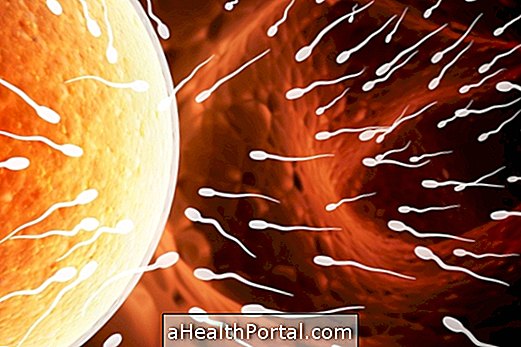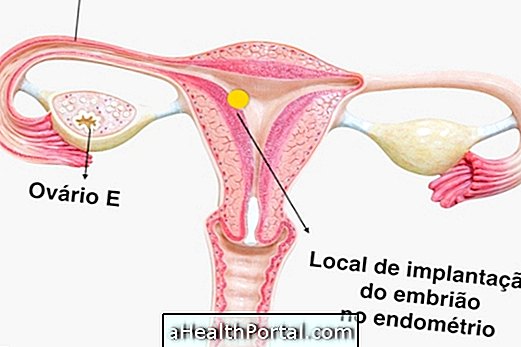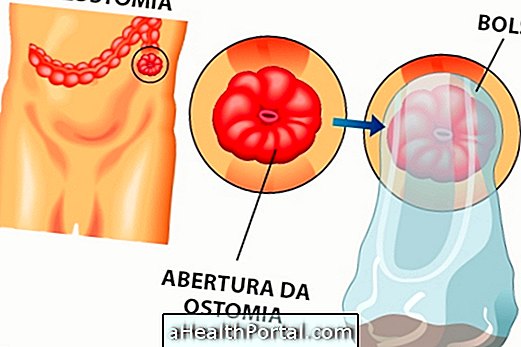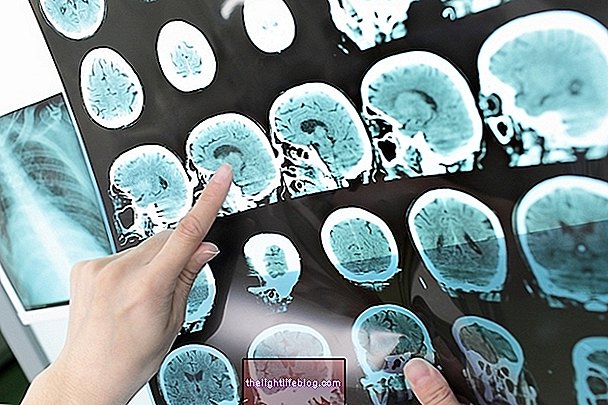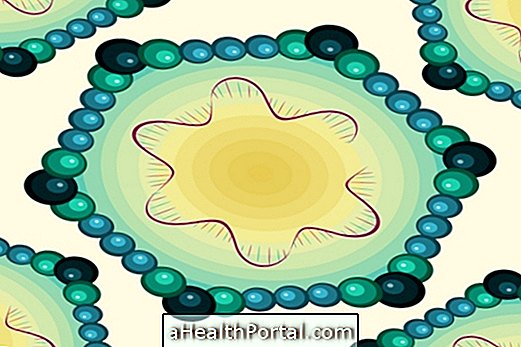The polycystic ovary is one of the main causes of the difficulty to get pregnant, because when it is affected by this problem, the ovary produces a high amount of androgen, a hormone that hinders the maturation of the eggs, impairing ovulation. Depending on the amount of androgen produced, the woman with polycystic ovaries may have an irregular fertile period or present no fertile period, for example.
However, the presence of polycystic ovaries does not mean that a woman can never become pregnant, as it is possible to do fertility treatments to increase ovulation and enable pregnancy. Get to know other symptoms that may indicate the polycystic ovary.
Treatment options to increase fertility
The treatment of the polycystic ovary of the woman who intends to become pregnant should always be evaluated and guided by the gynecologist, however, the most commonly used treatment options include:
- Use of contraceptive pill : contains artificial forms of estrogens and progesterone that regulate ovulation. In these cases, it is not possible to get pregnant while taking the treatment, but it can help to regulate the cycle;
- Clomiphene use : it is a medicine that stimulates ovulation, increasing the number of ova produced and facilitating the existence of a more regular fertile period;
- Hormone injections: These injections are used when clomiphene has no effect.
In addition, it is important to maintain regular exercise and a balanced diet, as weight gain can also impair ovulation, making it harder to conceive. See the signs that indicate that you are in the fertile time.
Here's what to eat to fight the symptoms and increase the chances of getting pregnant in the following video:

When to use assisted reproduction techniques
Assisted reproduction techniques are usually used when, even after using the previous treatments, the woman can not become pregnant. The main technique used is in vitro fertilization, in which the doctor collects an ovum from the woman when ovulation occurs. Then in the laboratory, this egg is fertilized by a spermatozoon of man and then replaced in the uterus.
Learn more about how in vitro fertilization is done.



